We use cookies and other technologies to personalize your experience and collect analytics.
Richard Tuttle
Since the outset of a career spanning seven decades, Richard Tuttle has contributed significantly to the expansion of today’s definitions of drawing, painting, and sculpture, which he often combined in contingent, spatially responsive installations. A central proponent of Postminimalism, Tuttle’s work takes as its core tenets; simple geometries and modest materials, questioning the strict exactitude of Minimalism and valuing instead a humble, handmade quality that frees itself from the limits of traditional media and technique. Through his decades of radical experimentation with materials, his work engages with larger philosophical, cosmic and poetic ideas, which have remained foundational motivators in his practice. As well as colour, scale and line are elements that Tuttle has returned to throughout his oeuvre, which engage directly with the surrounding architecture, subtly sensitising the viewer to the often-unconscious processes, feelings and perceptions inherent in seeing, moving, and thinking from moment to moment. On the subject of his work he remarks, “I am placing in a world that is mostly concerned with recognition, a thing whose primary involvement is perception.” Tuttle’s activities also encompass installation, printmaking, bookmaking, poetry, and design.
Richard Tuttle was born in 1941 in Rahway, New Jersey. He lives and works in New York and Abiquiú, New Mexico. At the age of 23, he joined Betty Parsons Gallery as an assistant. He mounted his first exhibition there the following year, in 1965. His work was soon included in redefining exhibitions, among them When Attitudes Become Form (1969), Anti-Illusion: Procedures/Materials (1969); and documenta 5 (1972). The controversy surrounding his radical 1975 solo show at the Whitney Museum of American Art saw the dismissal of its prescient curator, Marcia Tucker (who went on to found the New Museum, New York). A travelling retrospective, The Art of Richard Tuttle, was organised by San Francisco Museum of Modern Art in 2005 and mounted at venues including the Whitney Museum of American Art, Des Moines Art Center, Dallas Museum of Art, Museum of Contemporary Art, Chicago, Museum of Contemporary Art, Los Angeles. In 2014, Tuttle was commissioned to create a new installation for the Turbine Hall at Tate Modern, which coincided with a solo exhibition at the Whitechapel Gallery, London
His expansive practice has been the subject of recent solo exhibitions at 125 Newbury, New York (2024); Bard Graduate Center, New York (2022); Modern Art, London (2023, 2020); M WOODS, Beijing (2019); The Phillips Collection, Washington, D.C. (2018); Mu.ZEE, Ostend (2017); The Metropolitan Museum of Art, New York (2016); and Kunstmuseum Winterthur (2016). Tuttle’s work is held in collections including Centre Pompidou, Paris; Louisiana Museum of Modern Art, Humlebæk; Museum Ludwig, Cologne; Museum of Modern Art, New York; the Stedelijk Museum, Amsterdam; Des Moines Art Center, Iowa; Serralves Museum, Porto; Kunstmuseum Winterthur; Moderna Museet, Stockholm; Museum of Modern Art, New York; Museum Brandhorst, Munich; Ludwig Museum, Cologne; S.M.A.K. – Stedelijk Museum voor Actuele Kunst, Ghent; Whitney Museum of American Art; Tate, London; and the Walker Art Center, Minneapolis.
Biography
Press
Biography
Richard Tuttle
Born in Rahway, NJ, USA, 1941 Lives and works in New York, NY, USA
Education
Solo Exhibitions
Selected Group Exhibitions
Selected Collections

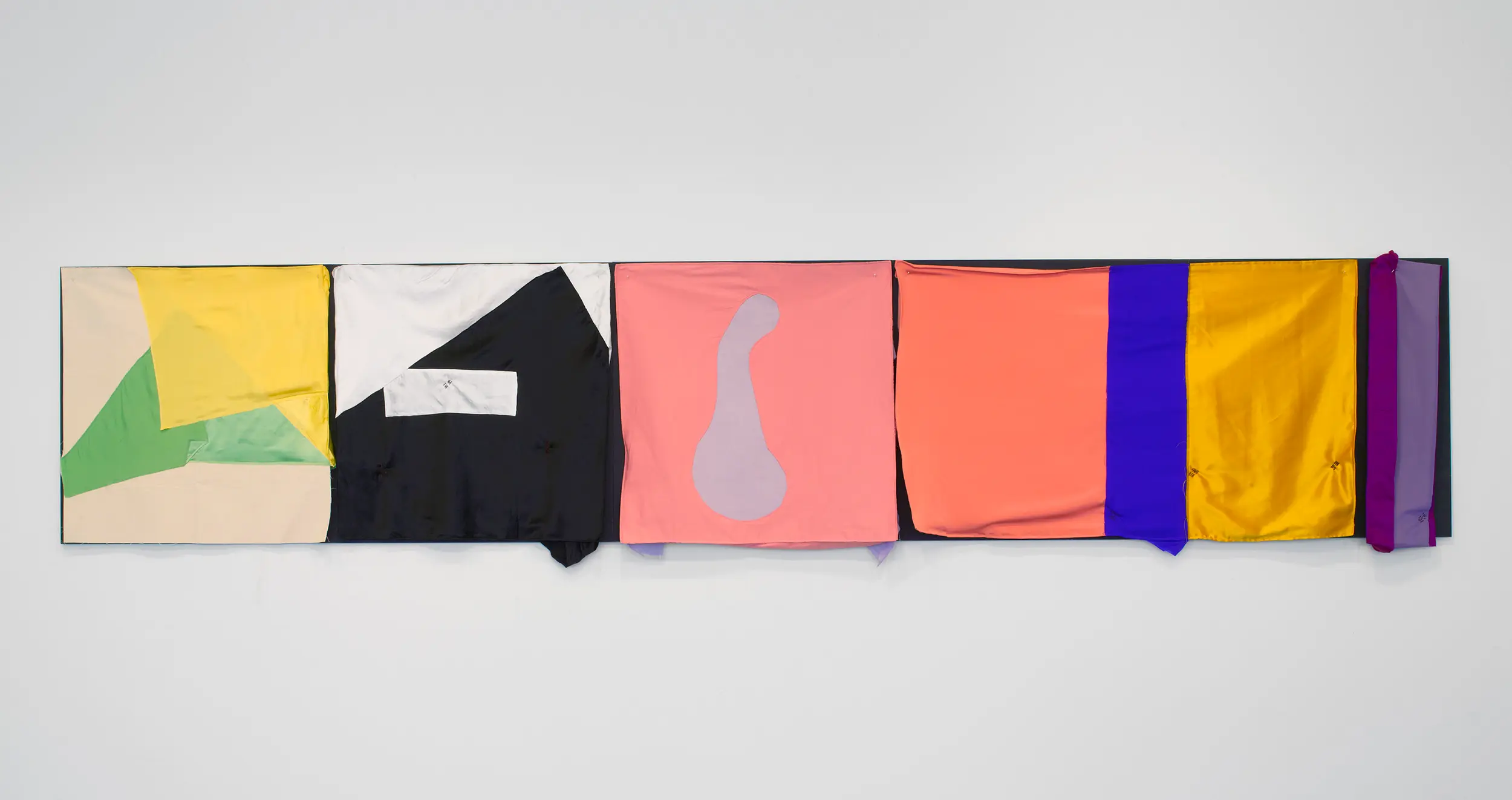

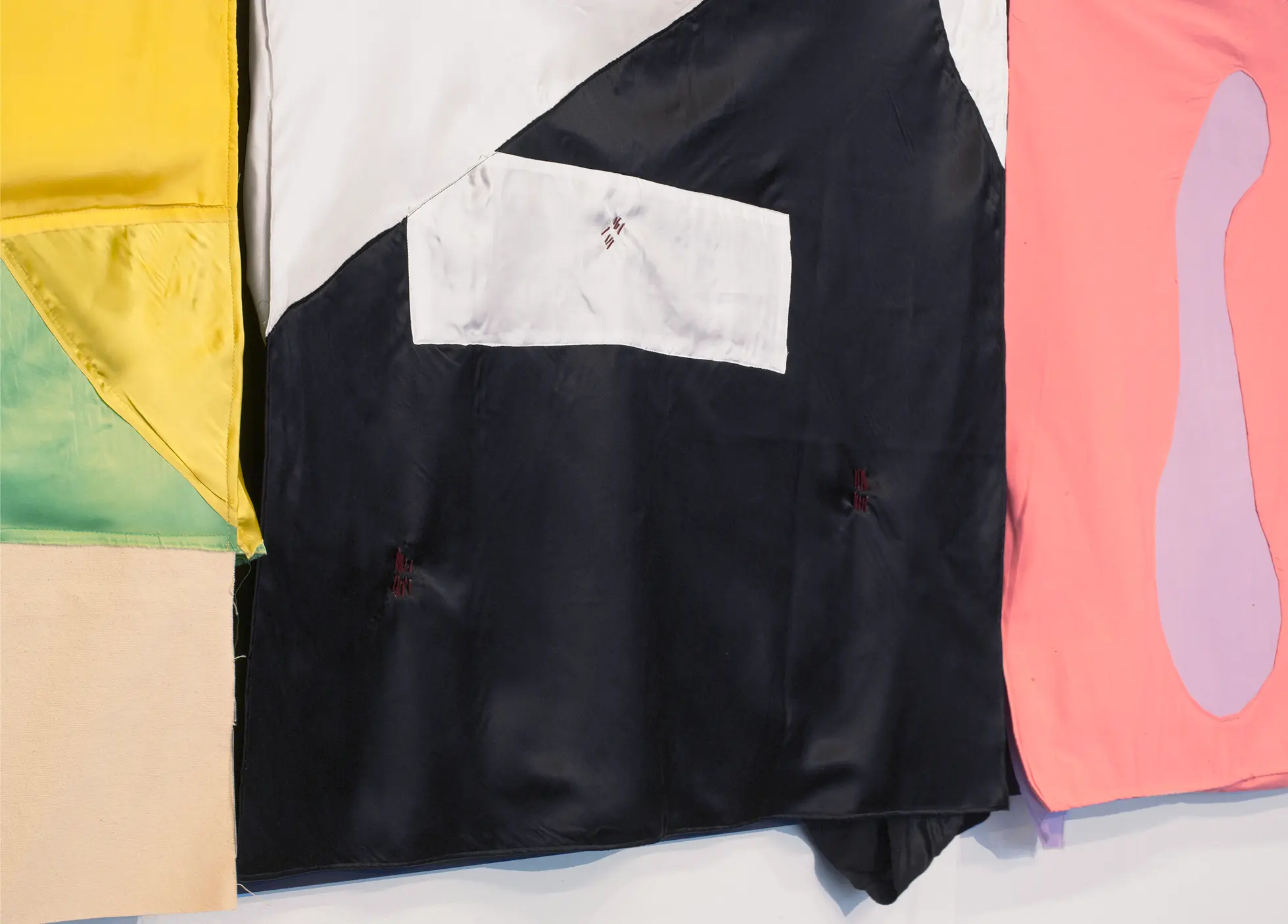

fabric, wood, nails, hand-sewn brown thread; five black MDF panels and five fabric elements, 99.4 x 458.5 x 17.1 cm, 39 1/8 x 180 1/2 x 6 3/4 in

acrylic and graphite on archival foamcore board and museum board, 46 x 41.9 x 1.9 cm, 18 1/8 x 16 1/2 x 3/4 in

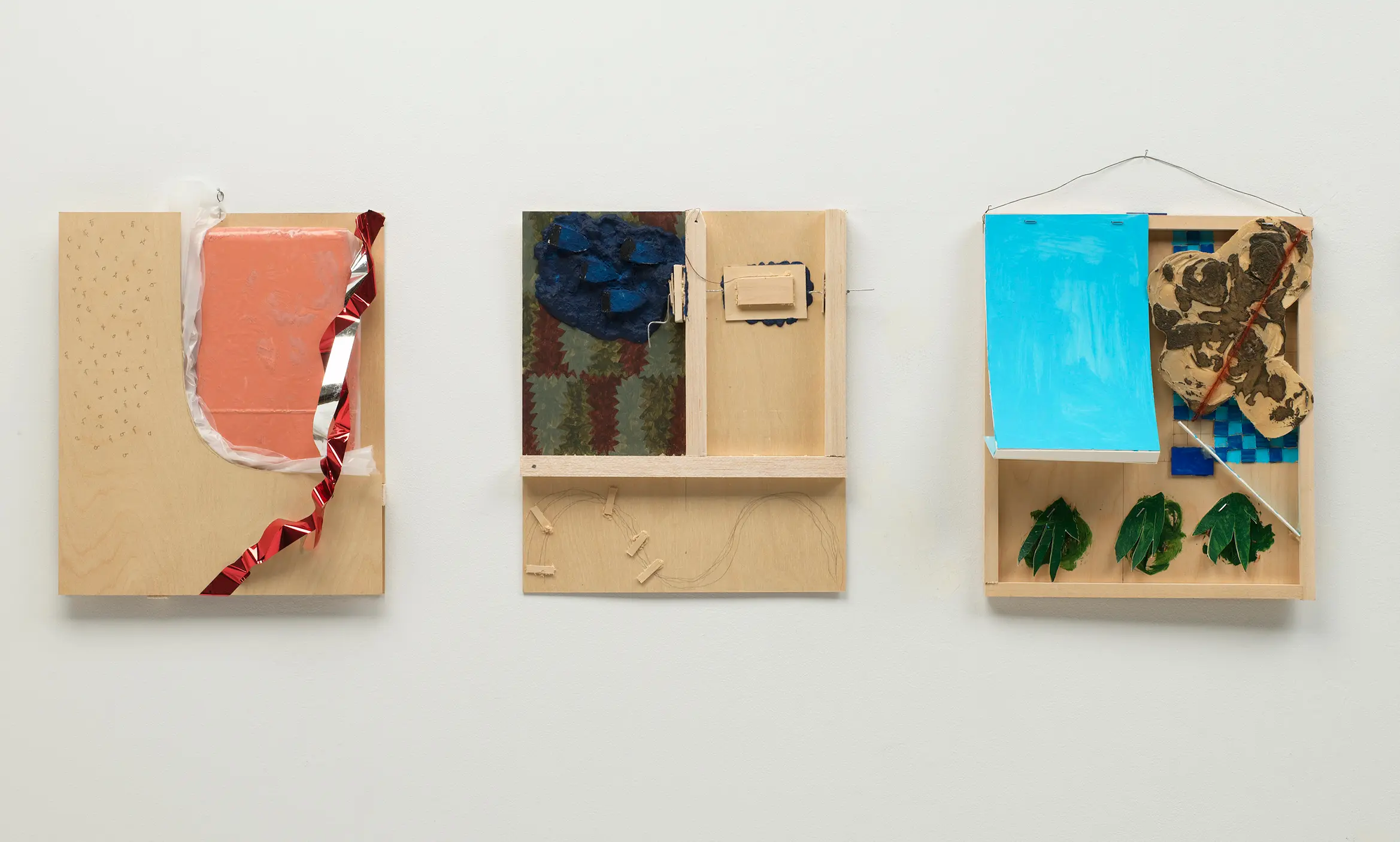

acrylic paint, acrylic yarn, aluminum metallic tape, archival mat board, balsa wood, bass wood, birch plywood, canvas, cardboard, glue, graphite, metal, metal wire, mohair, nails, oil paint, oil pastel, paper, papier-mâché, pine wood, plastic, sawdust, silicon, staples, steel wool, straight pins, styrofoam, thread, twigs, velvet, wire mesh, 54.6 x 255.3 x 15.9 cm, 21 1/2 x 100 1/2 x 6 1/4 in

wood, acrylic paint, screen fabric, cardboard, hammered aluminium armature wire, screws, 18.4 x 8.9 x 12.1 cm, 7 1/4 x 3 1/2 x 4 3/4 in



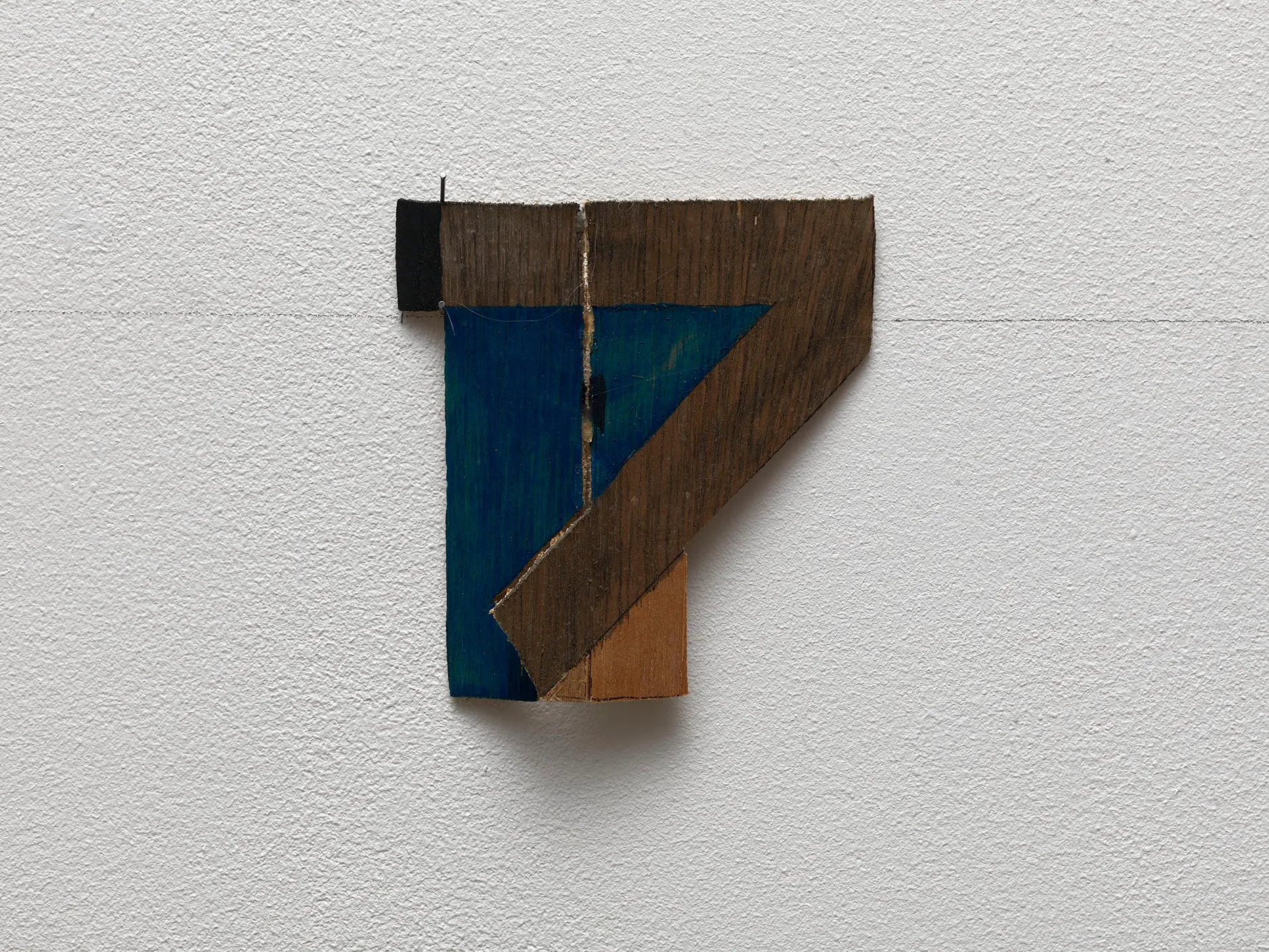

acrylic, mahogany luan, nails, graphite line, overall: 23 x 203 x 5 cm, 9 1/8 x 79 7/8 x 1 3/4 in


3/4" birch plywood, nail, paper, graphite, paint, beeswax, aluminium wire, 32.4 x 30.5 x 30.5 cm, 12 3/4 x 12 x 12 in


3/4" birch plywood, nail, paint, paper, graphite, wire, paper, spray paint, and hot glue, 32.4 x 30.5 x 30.5 cm, 12 3/4 x 12 x 12 in




acrylic on foam board and paper, 44 x 42 x 2.5 cm, 17 3/8 x 16 1/2 x 1 in


acrylic, watercolour and gouache on museum board, 33 x 31.8 x 3.2 cm, 13 x 12 1/2 x 1 1/4 in
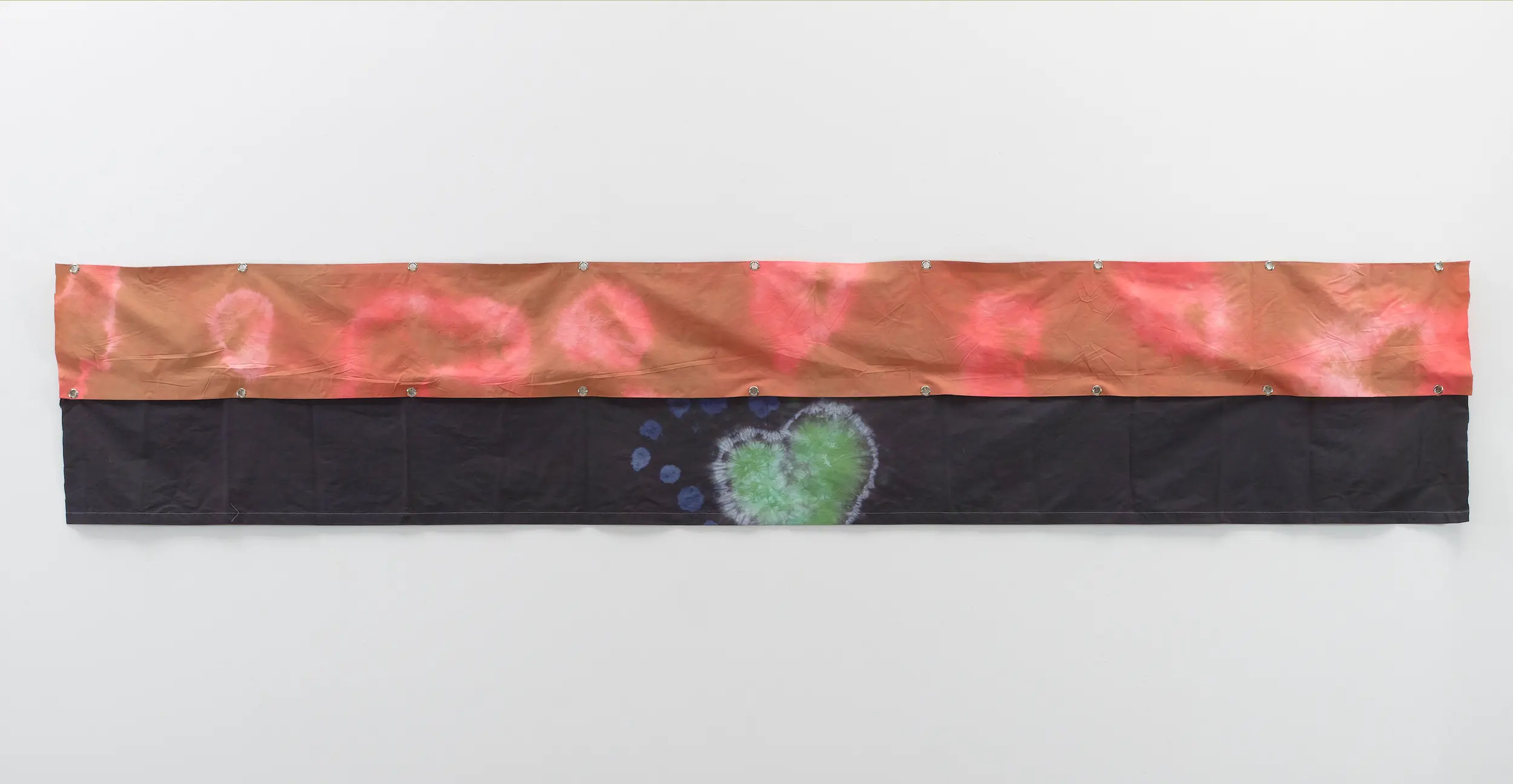

cotton with Rit dyes, grommets, thread, 2 panels, overall: 58.4 x 317.5 cm, 23 x 125 in


furring strips, nails, hot glue, 7 x 17.1 x 3.8 cm, 2 3/4 x 6 3/4 x 1 1/2 in


viridian on homasote, 5.1 x 1.3 x 1.3 cm, 2 1/8 x 1/2 x 1/2 in
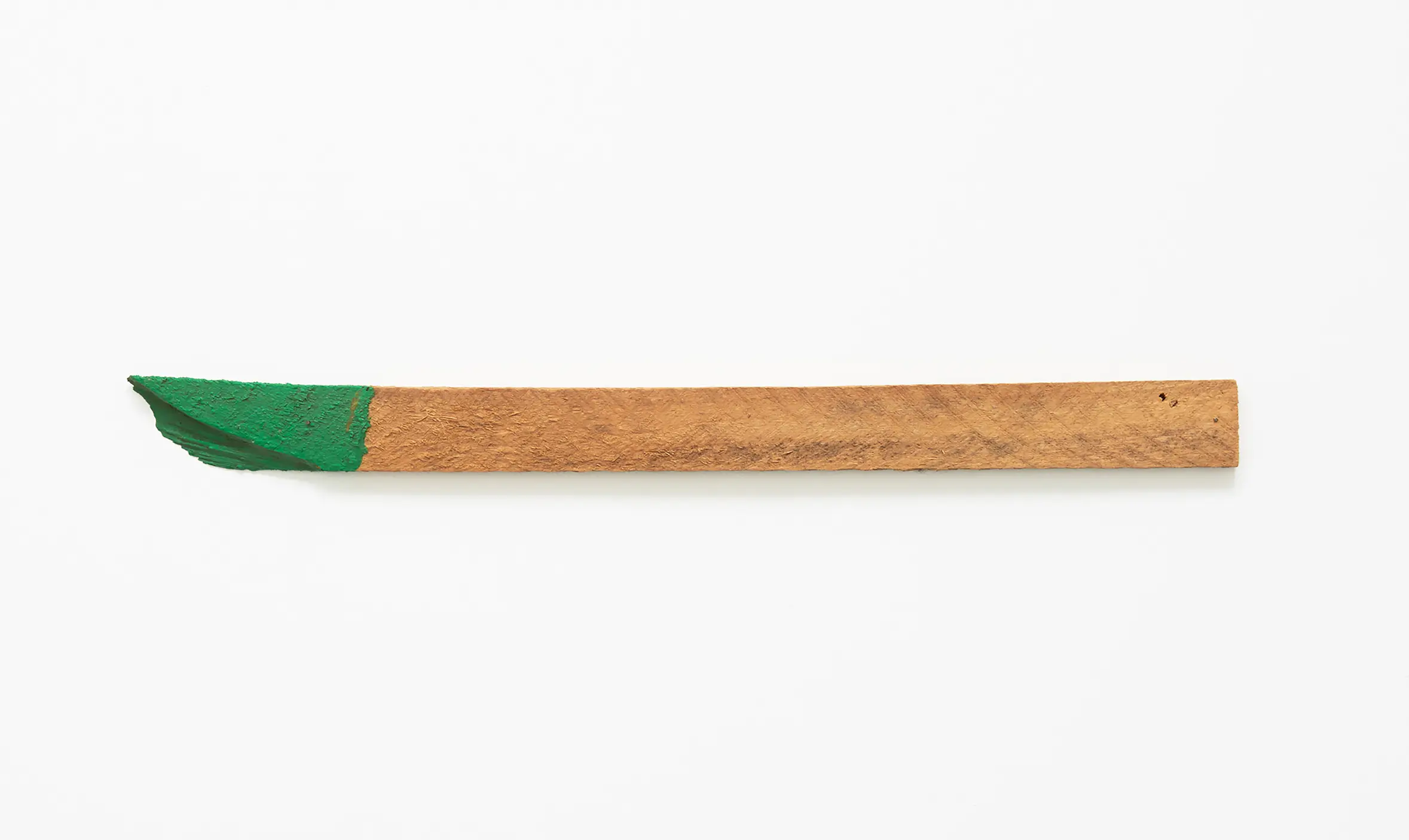

acrylic on rough-cut fir fencing, nails, 3.8 x 46.4 x 1.3 cm, 1 1/2 x 18 1/4 x 1/2 in

aluminium, cardboard and paint, graphite wall drawing, 36.2 x 91.4 cm 14 1/4 x 36 in


birch dowel, acrylic paint, nail, diameter: 5.1 x 1.9 cm, 2 x 3/4 in

acrylic, foil and nails, panel and polystyrene, 93.9 x 78.7 x 2 cm, 37 x 31 x 3/4 in

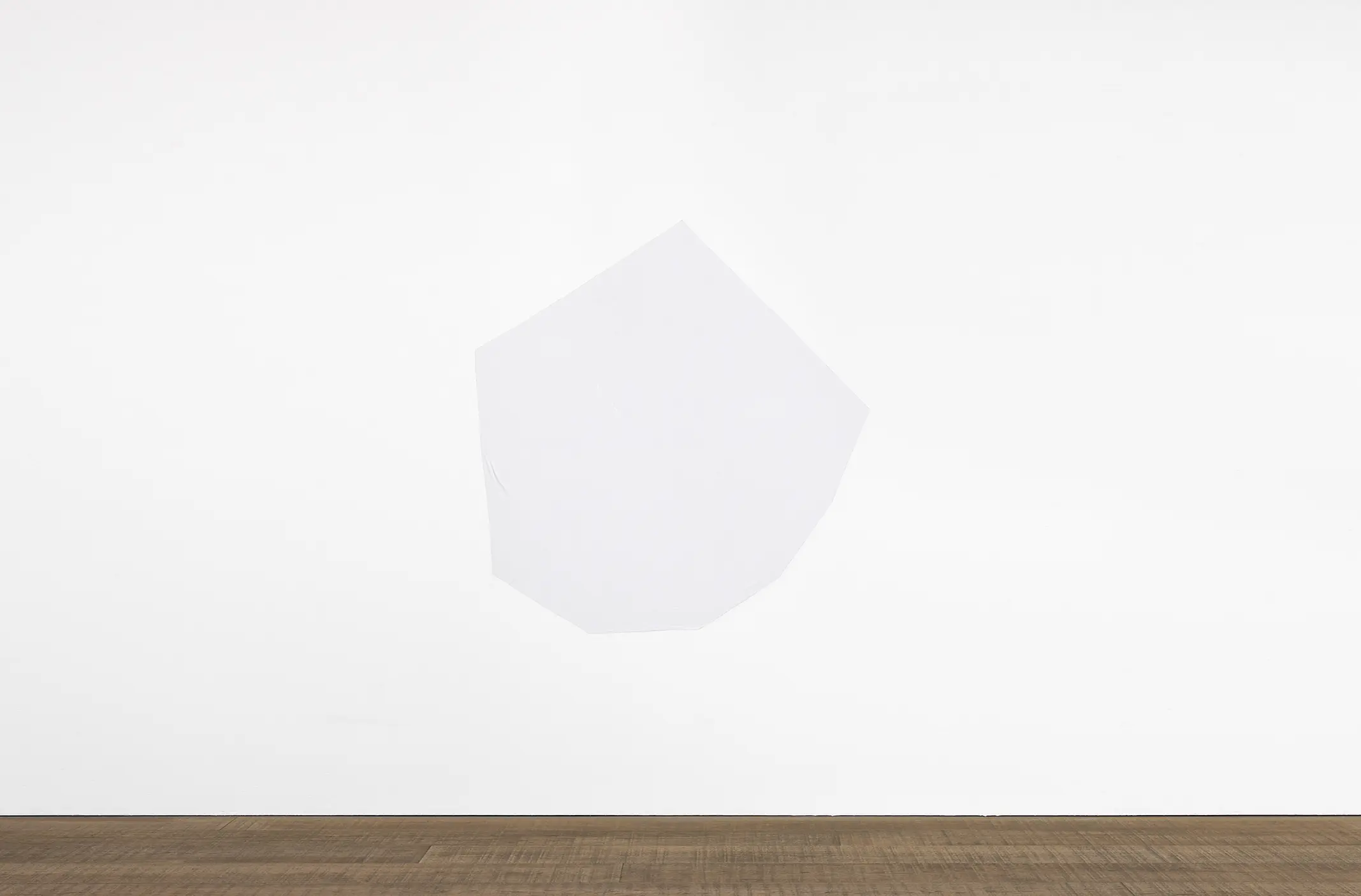
paper and starch paste, diameter: 137.2 cm, 54 in



cold-pressed watercolour paper, powdered pigments, canvas, and nails, 62.2 x 76.8 x 3.8 cm, 24 1/2 x 30 1/4 x 1 1/2 in

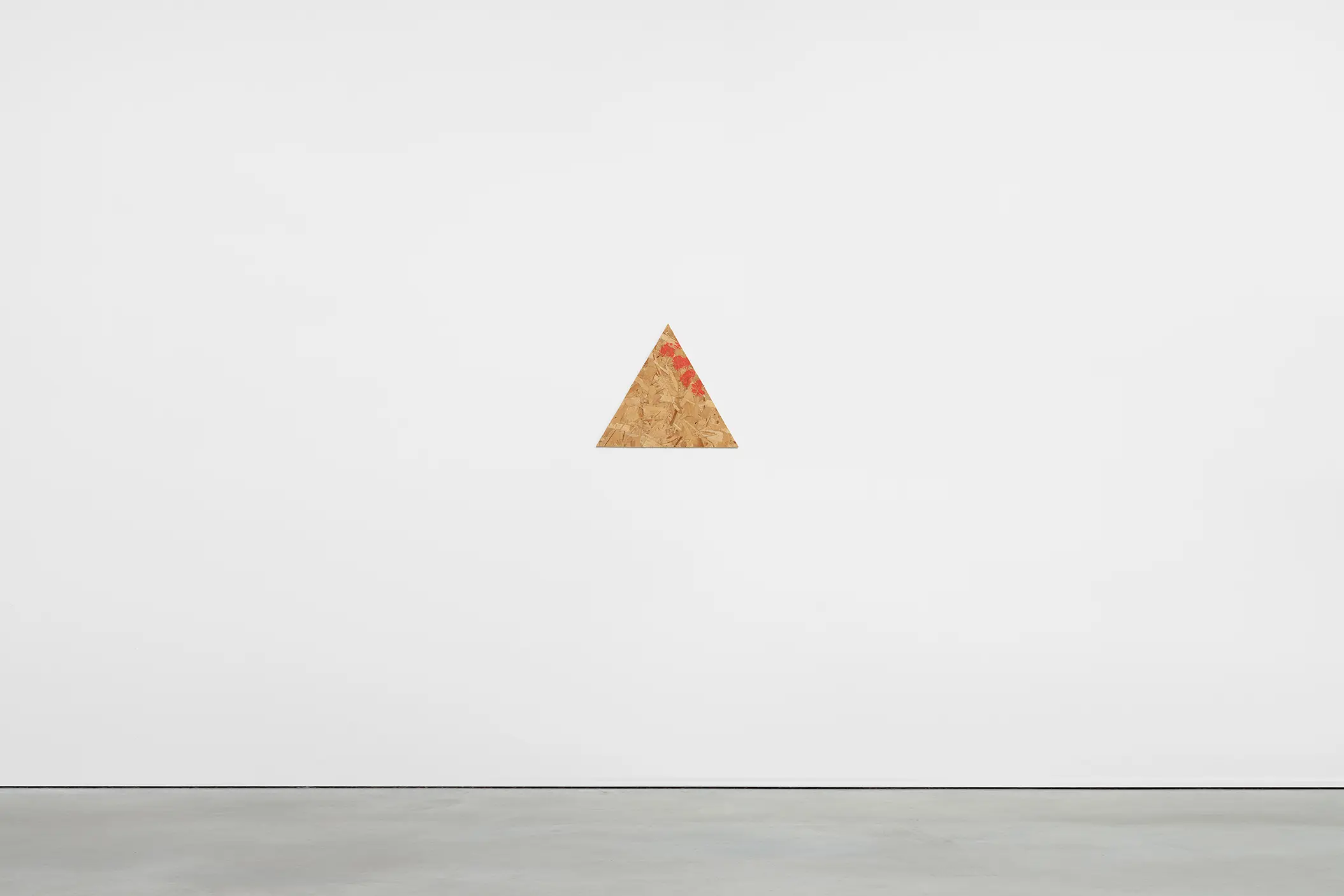
acrylic on aspenite, 43.8 x 50.5 x 0.6 cm, 17 1/4 x 19 7/8 x 1/4 in

heavy wire, 71.1 x 50.8 x 53.3 cm, 28 x 20 x 21 in
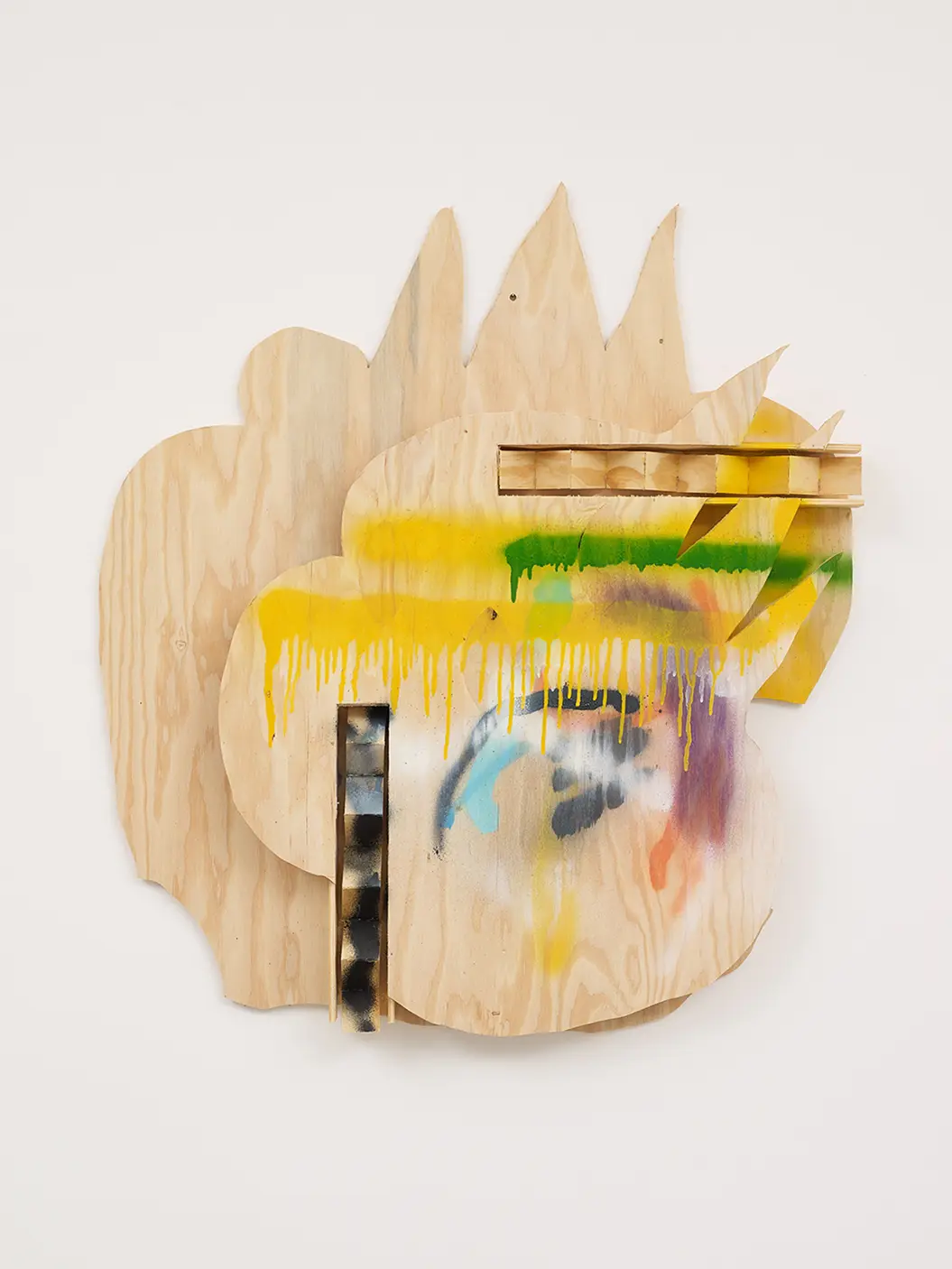
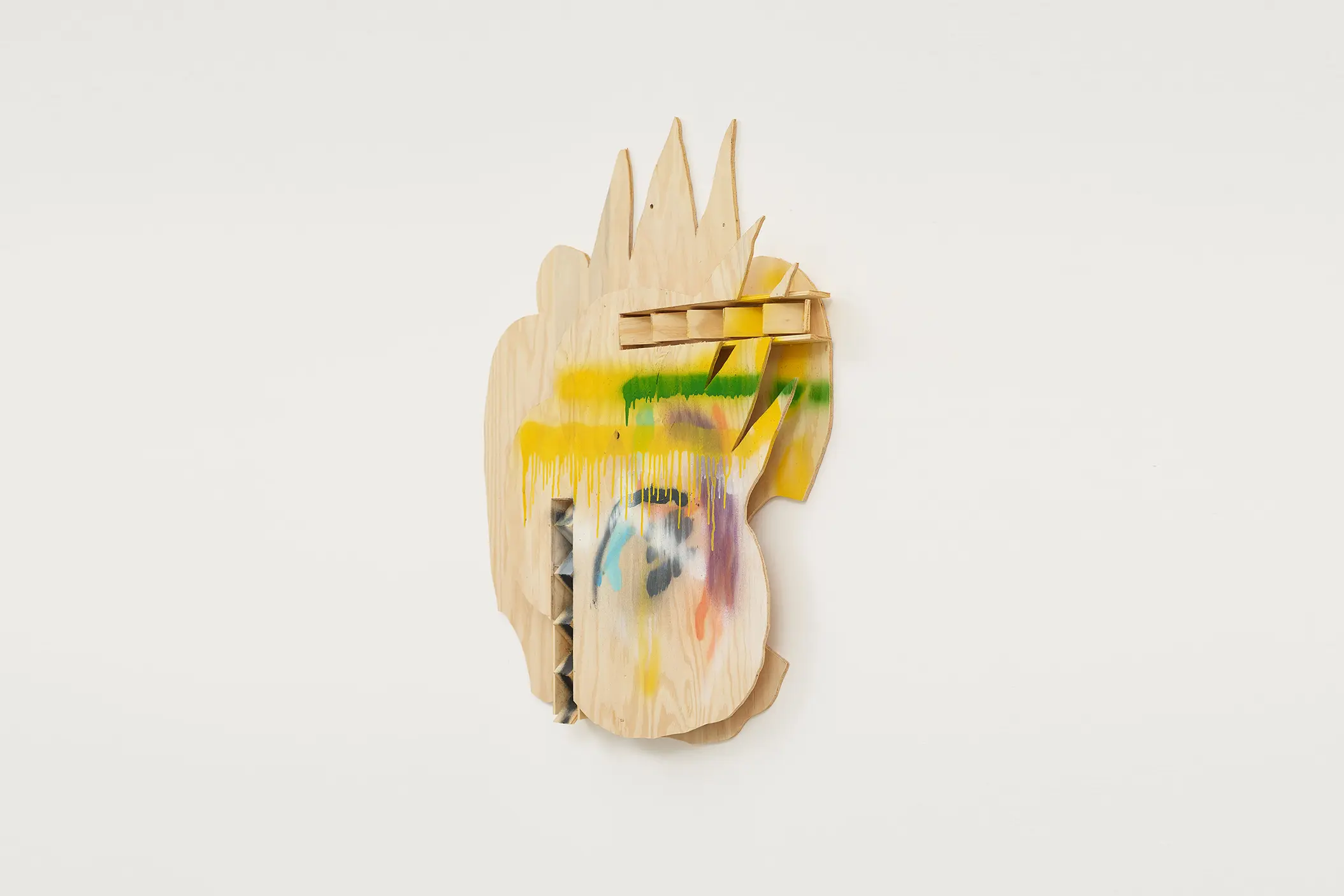

plywood, spray paint, pine, 84 x 74 x 5 cm, 33 1/8 x 29 1/8 x 2 in

corrugated cardboard and glue, 37.5 x 20.3 x 8.3 cm, 14.8 x 8 x 3.3 in

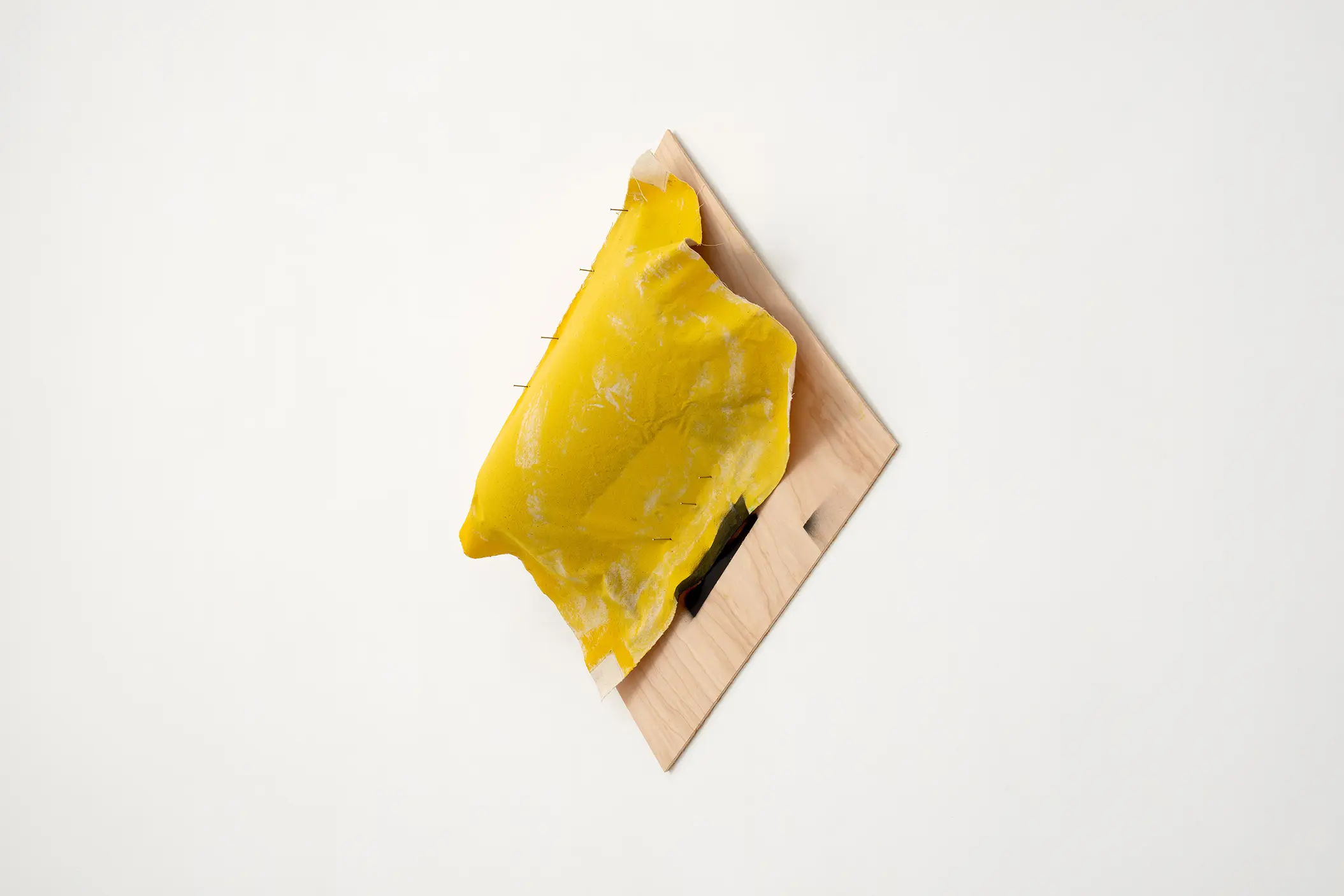

quarter-inch birch plywood, aluminium flashing, canvas, graphite, acrylic, spray paint, and nails, 86.4 x 86.4 x 15.9 cm, 34 1/8 x 34 1/8 x 6 1/4 in

